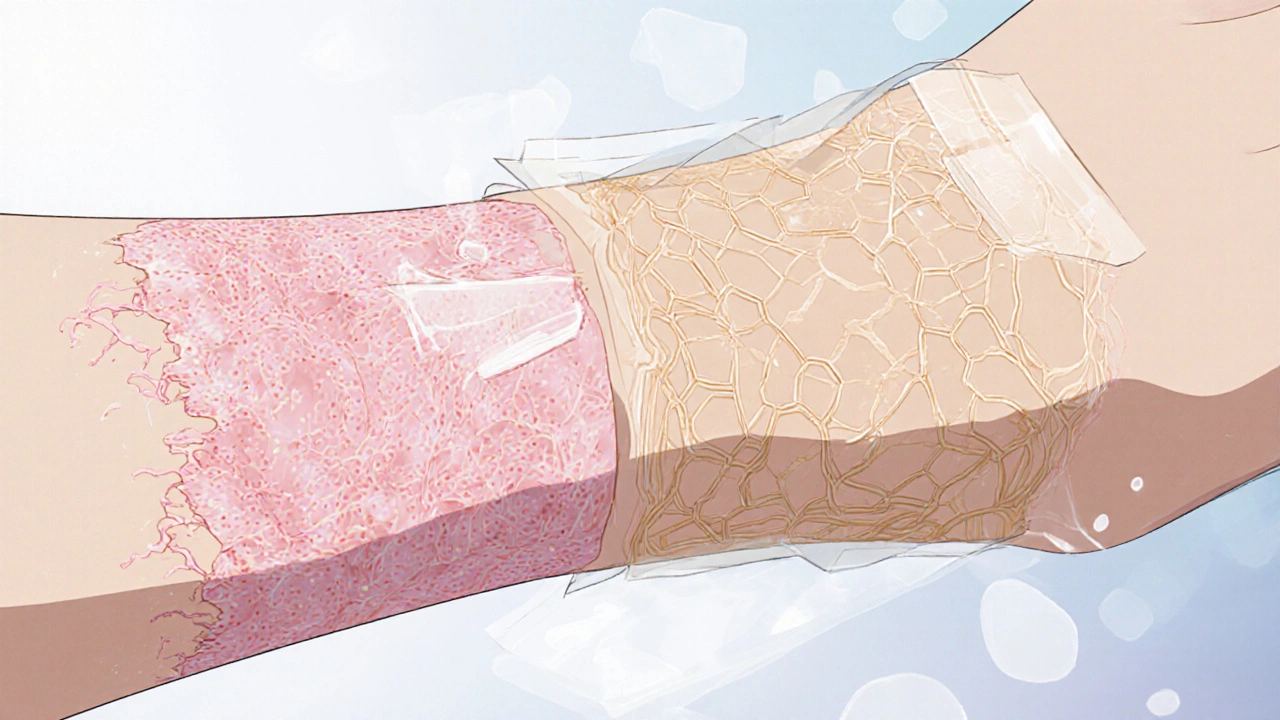Scar Tissue Remodeling: How Your Body Heals and What You Can Do
When your skin gets cut, burned, or surgically opened, your body doesn’t just close the gap—it rebuilds it with scar tissue, a type of dense, fibrous connective tissue that forms during wound healing. Also known as fibrosis, this process is your body’s way of patching damage fast, but it’s not always perfect. Unlike normal skin, scar tissue lacks sweat glands, hair follicles, and the same elasticity. That’s why scars can feel tight, look raised or discolored, and sometimes limit movement. The real story isn’t just how scars form—it’s how they remodel over time.
Scar tissue remodeling is a slow, natural cleanup process that can last months or even years. After the initial wound closes, your body breaks down excess collagen and replaces it with stronger, more organized fibers. This phase is driven by cells called fibroblasts and enzymes that dissolve the messy, chaotic scar matrix. But this process doesn’t always go right. If inflammation sticks around, if you don’t move the area, or if your genetics favor thick scarring, the result can be a stiff, painful, or raised scar. That’s where things like physical therapy, silicone sheets, or even pressure garments come in—they don’t erase scars, but they help guide remodeling toward something more functional.
What you eat, how you manage stress, and whether you smoke all play a role too. Studies show vitamin C and zinc support collagen production, while chronic stress can delay healing. And yes, even your sleep matters—your body does most of its tissue repair while you’re resting. You won’t find a magic cream that turns scars invisible, but you can influence how they turn out. Some people end up with barely noticeable marks. Others get keloids or contractures. The difference often comes down to timing, care, and understanding the process.
That’s why the posts below cover real-world cases: how certain medications like ACE inhibitors affect healing, how skin conditions like psoriasis interfere with tissue repair, and how treatments for chronic inflammation can either help or hurt the remodeling process. You’ll find advice on managing scar stiffness after surgery, how antibiotics might slow recovery, and what lifestyle changes actually make a difference. This isn’t about quick fixes. It’s about working with your body’s own healing system—and knowing what to do when it gets stuck.
Physical Therapy for Better Scar Healing & Prevention
Explore how physical therapy techniques like myofascial release, scar massage, and compression can speed scar healing, reduce visibility, and prevent restrictive scar tissue.

